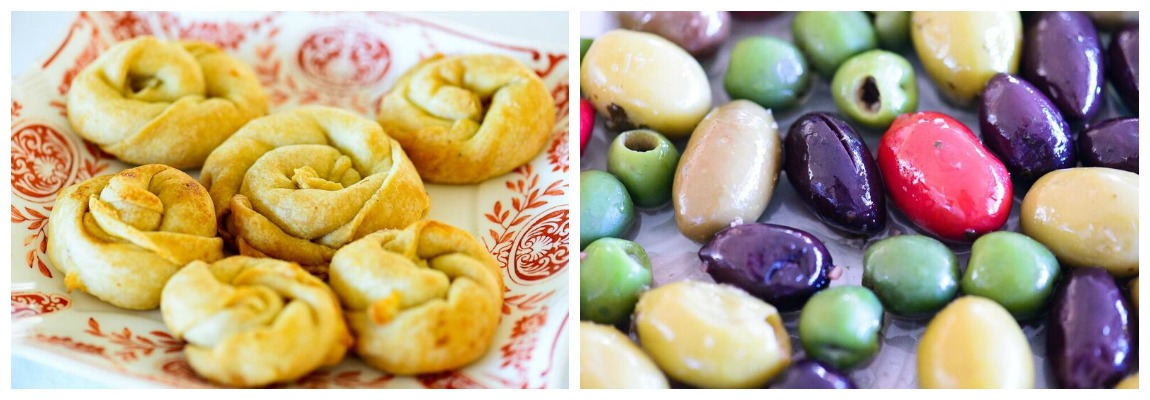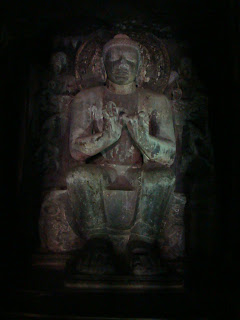Hello welcome to my Blog
Mezze is widely served in the Greek and Middle eastern world. An assortment of little dishes and tasters which accompany a nice ouzo or a glass of wine. So when you read mezze moments you will have tasty snippets of life as I live it, India for four years and now Brisbane Australia, all served up with some Greek fervour and passion.
Search This Blog
Sunday 25 December 2011
Friday 23 December 2011
Distance and how to shorten it
A lot of us go into slight meltdown at this time of year because we become nostalgic for tradition, family and that comfort of familiarity. For a lot of expats living here keeping contact with loved ones can be an issue, for all sorts of reasons, time zones, distance, costs.
Email and skype have made life easier but we are always looking for other solutions and information that is relevant to us, so I was pleased when I came across this site which basically is a combination of support and business.The business side offers attractive rates for international calls. The support side is in the form of an interesting online magazine called " The Social Expat" which is basically a combination of articles on a variety of subjects ranging from culture to travel to practical information. Check it out on :
http://socialexpat.nymgo.com/Monday 19 December 2011
Ellora Caves
The other half of Ajanta is Ellora. They sound more like girls names then ancient sites. These sites probably did not see any women present at all but they are definitely worth looking into as Ellora is the follow-on from Ajanta and spans the 5th Century to the 8th and 9th Century AD. Here there are no paintings. There may have been some but most have been destroyed or defaced. What is very impressive on this site of three to four kilometres, and worthy of a long day's investigations, are the temples carved in basal stone.
However you have to see it to believe it because telling you about how they did it just does not convey the enormity of it. They built a temple, the biggest one in this complex, known as the Kailas, from the top downwards. So imagine you have one huge lump of rock and a chisel and hammer and you start from the roof top and you chisel all the way down to the bottom creating the most exquisite statues, columns, sanctuaries and interconnecting structures, in perfect symmetry with no corrections or omissions but from ONE ROCK. This is the biggest monolithic temple in the world and it is truly something to behold. Not surprisingly it is a UNESCO WORLD HERITAGE SITE.
The so called 34 caves are actually man made and are all Buddhist, Hindu and Jain temples. There is surprisingly little differentiating them on the surface but the devil or should we say the god is in the detail. Today I will just talk to you about Kailas as this is the one you meet first.This is a picture of it dug out from the rock.The Hindu temple's shape and structure resembles a chariot.

The immense hallways dug into the rock
There are panels of elephants and lions and behind are the steps which lead up to the main temple. The pillars on either side of the temple are 17 metres high and are symbols of the caves.
The Gajalaxmi on a lotus in the lotus pond with elephants bathing her.
We walked all round the top of the temple and took the pictures looking down.

The other Hindu temples are not as impressive in grandeur but they have exquisite carvings like the statue of Ganga here.
More on the Buddhist and Jain temples soon. Monday 12 December 2011
Delhi 100
Today is Delhi's 100th birthday as we know it.Happy Birthday Delhi !
On 12 December, 1911 the Capital of India was shifted from Kolkata to Delhi. This made Delhi the political centre for ruling the Indian sub-continent. This was not the first time that Delhi became a capital.
Between the 12th and the 19th century AD, Delhi was the capital for many rulers. Siri, Tughlakabad, Jahanapanah, Ferozabad, Dinpanah, Shergarh and Shahajahanabad are the historic ‘seven cities’ that existed. The eighth city, New Delhi, as we know it was built by the British with the help of Lutyens and Baker and is the one which is celebrating its 100 years today and in which I live.
This is where it all began:
At Coronation Park in North Delhi on the 12th of December 1911 at the Durbar celebrating the visit of George V and Queen Mary to India . It became a tented city of some splendour and the pictures of the processions and the celebrations are truly impressive.
The flowing gown in stone of George V
Some of you who follow the blog may recall that I blogged about this some months back and said I would go back to check the MDCs plans to overhaul this historic but much neglected site. Sadly everything is in turmoil and this is the picture of Coronation Park on its centenary.It will eventually be done but not for this important date.
The last two images are to me powerful reminders of how in 100 years and despite the tremendous growth and development of India on some levels, little had changed for the common man on the street who is still there in his threadbare garments chiselling the stone with a simple hammer as he and his forefathers have done for centuries.
.
Friday 9 December 2011
Ajanta Caves
It is hard to fathom, even harder to execute but there can be no mistaking the effort and the years that went in to creating Ajanta because it is there for us to see not far from Aurangabad in Maharashtra. The caves, not real ones, but man made, were on the ancient trade routes where money and influence seemed plentiful and the earliest date back to the 2nd century BC or as it is now noted 200 BCE. They continue to be built until about the 5th Century AD, 600 CE when they were abandoned for the caves of Ellora which I will also blog about, and they lay abandoned and ravaged by weather and time until an unsuspecting Britisher John Smith, out looking for tigers, came across one of the bigger caves.
A river flows through a rich and green ravine and the horseshoe rock face on the one side is what Buddhist monks decided to chisel into, using nothing more than a chisel and hammer. The caves, about 30 of them, are all masterpeieces of Buddhist art and architecture and have been declared a UNESCO World Heritage Site. They show elaborate paintings of Buddha and his life and of course the life of others around him, including women with intricate hairdos and even make up , men with socks and playful scenes of life in Buddha's court.All this painted with natural colours and dyes and done with little or no lighting in exquisite detail and design.
One of the entrances
Probably the most famous painting of the Caves Boddhisattva Padmapani holding a flower, but due to reduced lighting in the caves it is actually quite hard to get a good picture as flash is not allowed.
A scene of the court life
One of the Buddhas in Cave 4
One of the paintings
The patterned ceilings
Men of the Court with their socks !!
One of the many images of Buddha and the animals depicted below
The only reclining Buddha in the Ajanta caves.
Look at the peace on his face and the ease of his body.
Monday 5 December 2011
The Taj Lookalike
In the south of India and in a hurry ? Want to see the Taj but have no time to get to it. Want something like the Taj experience and that Diana moment on the bench - Look no further.
Baba ka Maqbara is the place for you - it is a replica of the Taj in the Deccan. Built by Aurangzeb's son on the outskirts of the town of Aurangabad as a tribute to his mum Begum Rabia Durani it is to all intents and purposes a Taj Lookalike but without the crowds.
Thursday 1 December 2011
The Taj never tires
The Taj never tires. It is just as amazing every time you see it and it doesn't matter how many times you visit. Each visit is different for its colours, the season, the light and the people.This time the morning colours were sharp, in focus and so bright.The people are awed by its beauty and proud that it is part of their heritage.
This is the first time I visited the Taj Museum and I saw some spectacular pictures of the Taj from many centuries ago, the orders for materials and all the drawings and plans that went into creating this architectural wonder. We visited it with a little boy who was there with relatives and who engaged me in conversation for all the time we were in there. I complimented him on his English and he smiled, turned to face me and said "Your English very good too. ". He is the small one in the centre of the picture.
Ah but did you know there is a Taj Lookalike ?? More soon,
Ah but did you know there is a Taj Lookalike ?? More soon,
Subscribe to:
Posts (Atom)


































